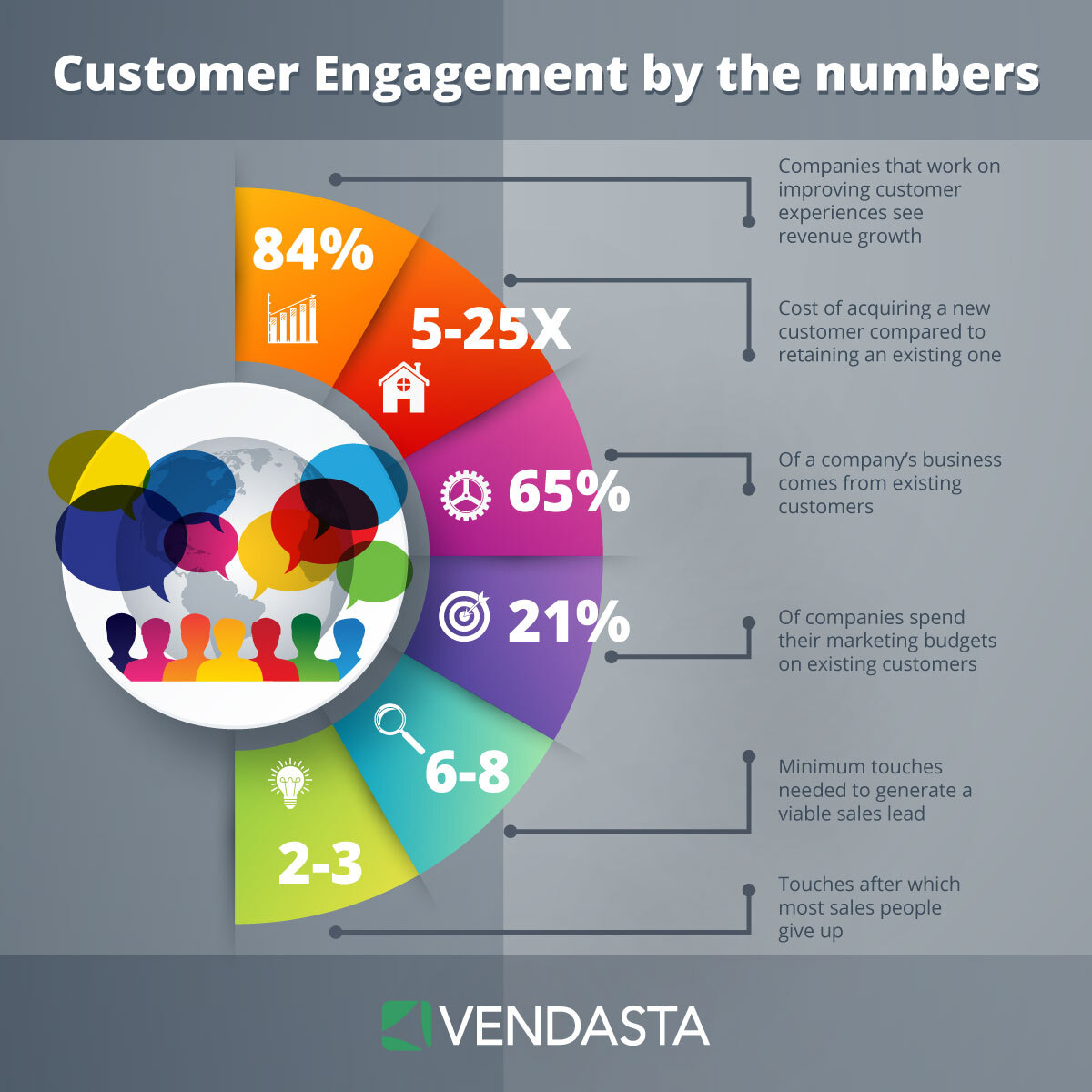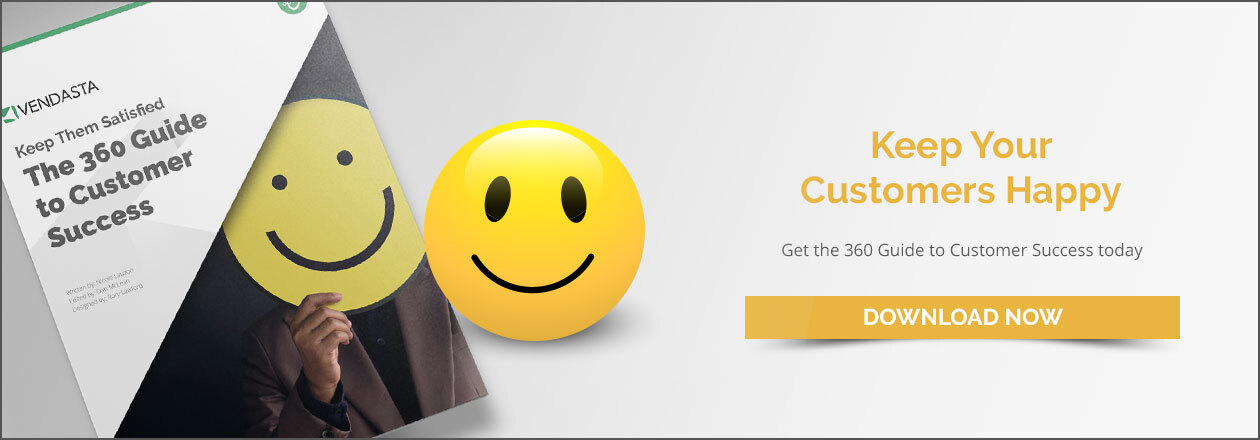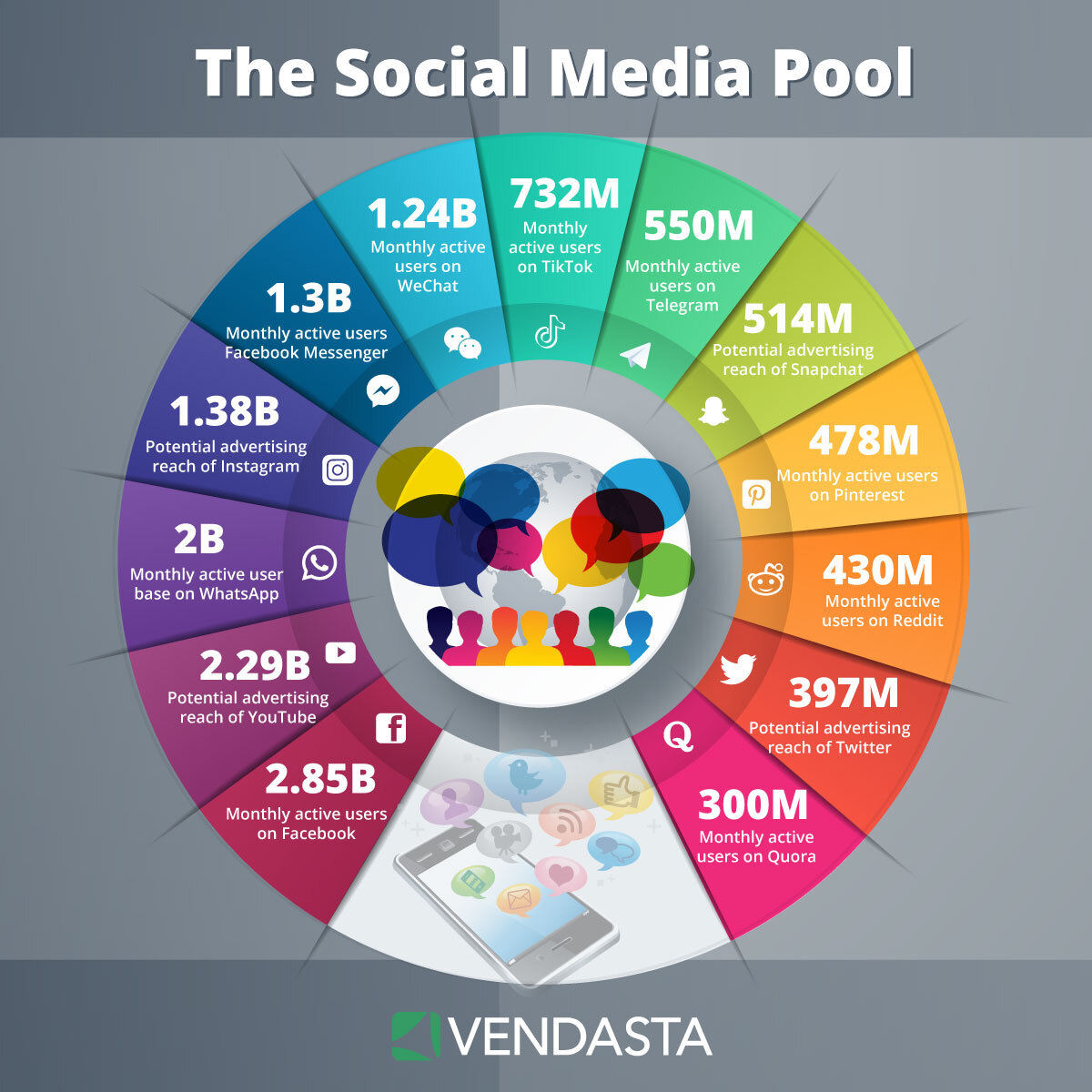Five Evergreen Customer Engagement Strategies for Creating a Great Customer Experience
The rules of customer engagement changed in 2020. As the pandemic forced us to reduce our interaction with the physical world, digital became our only medium. Now, as the world reopens, businesses are again at the crossroads of how to set the rules for engaging with customers. Will the pre-COVID engagement rules apply once again? Or will it be something new?
Salesforce’s State of the Connected Customer 2021 finds digital-first behavior is here to stay as customers develop new habits that will last long term. As digital engagement grows, customers expect companies to digitize their operations for multichannel, high-touch interactions.
“These [digital] touchpoints — if successful — need to be designed strategically. It doesn’t just mean sending a few more emails or follow-up surveys. It means considering how and where your customers are looking for more significant support, meaning, or interest from you, their chosen provider,” writes Daniel Newman, principal analyst of Futurum Research and CEO of Broadsuite Media Group.
So, no matter what the new rules are, here are some evergreen customer engagement strategies for creating a great customer experience and building a loyal following.
#1. Create great customer experience
“Customer experience is the number one driver of growth in 2021 and beyond. This has been happening for a while, but 2020 really accelerated trends in digital transformation and buyer-seller relationships and there is no going back,” says Yamini Rangan, chief customer officer for marketing software maker, HubSpot.
Research shows 73 percent of consumers say the experience they have with a brand is key to maintaining their loyalty to it, and 84 percent of companies that work on improving customer experiences see revenue growth. An Accenture study found the estimated cost of U.S. customers who switched providers due to poor customer service amounted to $1.6 trillion in 2016.
The first step to creating a great customer experience is identifying your target audience. It has never been more important for businesses to understand their ideal target audience, better known as ideal customer profile or ICP. With customer sentiments drastically changing and business landscapes transforming accordingly, it’s important for businesses to systematically update their customer profiles to adapt to the next normal.
“All too often, marketers and salespeople think ‘a customer is a customer’. It’s time to break free from that mindset. There is a stark difference between an ideal customer and less-than-ideal customers,” says Vendasta Chief Customer Officer George Leith. “By chasing people who are not your ideal customer, you set yourself up for reputation damage because one can’t be good at managing every kind of customer profile.”
Once you have identified your ideal customer profile, it becomes easier to create great experiences specifically tailored for them. Customer service becomes key at this stage. A lot of deals go sour because often a service provider is not able to meet the expectations set during presale. That could erode the trust you built with a customer.
RELATED READ: Supporting Your Clients Through the Entire Customer Journey
So whatever business you are in, focus on providing a great customer experience throughout the process. “Your primary focus is to deliver their ask first. Take continuous feedback and ensure they are satisfied at the end of the day,” Leith adds.
It’s not only easier to engage with a happy customer, but a happy customer can also be your biggest advocate in the market, leading to new customers.
#2 Make your messaging relevant
“The key to engaging is relevance, the kind that breaks through and causes and motivates people to act,” says Tim Riesterer, Chief Strategy Officer at Corporate Visions.
For creating relevant content, the first thing we need to know is the psychology of the target audience – if they are a prospect or an existing customer. The two require different treatment, and hence different stories. And that means it affects the messages, the content, and the cadences we will put in place to break through and create engagement.
“The only way you can create engagement is if you engage with them based on the psychology of their situation. Make sure your message is contextually relevant for it to be more engaging,” says Riesterer. Too often, salespeople make the mistake of making their messaging very product and company oriented, which may not appeal to a customer or prospect who is living in a very situation centric world.
RELATED READ: Customer Retention Tips: Keep Your Clients Happy
The second part is compelling content to increase customer engagement . “Everybody builds a lot of content, but you need to ask if that content creates engagement, and if that is compelling enough for buyers to engage on their own. A piece of content is compelling if it's contextually appropriate, relevant, and contains situationally meaningful messaging,” says Riesterer.
A lot of times it may happen that a particular piece of content, say an ebook or a webinar catches the attention of a prospect, and the next moment they are being badgered with calls or emails about a product demo. That kind of approach is simply a conversation killer. Be it the visual story, presentation, conversation, prompters or talk tracks, all of that must be consistent and aligned throughout all the touch points.
“When you are generating interest, it's really important to have that right message in each of these elements that are touching the customer and have consistent and repeating messaging,” says Riesterer.
#3 Be persistent enough
Persistence is an important part of the customer engagement process, and an automatic follow through step for compelling content. But Riesterer believes there needs to be a significant increase in the amount of persistence to get engagement. “It’s a noisy environment out there, which means your message can get lost very quickly if you don't reinforce it. So, you have to make sure that there is enough volume and repetition. The key is to keep driving the consistent message through the content that created engagement in the first place and continue to drive and accelerate that pipeline,” he says.
Most salespeople usually stop reaching out after two to three touches, while Salesforce research shows it takes minimum six to eight marketing touches to generate a viable sales lead. At the early stages of the buyer’s journey, a customer is often merely gathering information about a product or service, and in most cases these interactions or touch points aren’t in-depth enough to convince the customer enough to qualify them as a lead.
At this stage, a salesperson needs answers to questions like:
- What is a prospective customer looking for?
- How soon do they plan to make a decision to buy?
- What is their budget?
- Is the person they are talking to is the right decision-making authority?
This is not the kind of information that can be obtained over a web form, or even a single direct interaction. It takes multiple touch points with the prospect, starting with generating interest, to establishing trust, to setting the stage for the sales pitch. It’s possible to move a prospect into the qualified sales funnel only after getting responses to these questions.
This is where persistence comes in. What is also crucial is having the right messaging for each of these stages. “Compelling content has to be consistent as well. The thing about engagement is being consistent,” says Riesterer.
He also advises on using various channels and mediums for these repeat touch points, or cadences, as he calls them, to increase customer engagement . “For instance, at the ‘get a meeting’ phase of a cadence, if you are only using one channel – say you are reaching out only over phone or only email – you are going to perform below average in terms of the number of responses and an overall engagement that you get. On the other hand, your likelihood of getting a meeting increases if you use both phone and email together,” he says. But incorporating other channels such as social media or video as part of the conversation process often leads to real gains.
#4 Focus on retention
Acquiring a new customer is five to 25 times more expensive than retaining an existing one, according to research by Harvard Business Review. On an average, 65 percent of a company’s business comes from existing customers, but most only spend 21 percent of their marketing budgets on them. Also, the chances of selling to an existing customer is 60 to 70 percent, while only 5 to 20 percent with a new prospect. Once you factor in the time and effort needed to prospect and close a deal with a new customer, it’s obvious why customer retention is important.
Retention involves continuous customer engagement. “You need to work with them on a regular basis — daily, weekly, monthly. If you have a client paying you on a regular basis and you’re not paying attention to them, they will likely leave you for a competitor,” says Leith.
The primary focus with an existing customer should always be to deliver their ask first. This involves taking continuous feedback to ensure they are satisfied.
RELATED READ: How to Retain Your Existing Customers and What are the Benefits?
The constant feedback loop also gives us insights into the existing customers’ other requirements. Once we get to know a client well, over time we begin to understand a lot of things about them. For instance, what are their other pain areas, scope of expansion, or how much more could they spend in their budget. That’s when they can be pitched other solutions. A McKinsey survey finds happy customers are 87 percent more likely to purchase upgrades and new services than unhappy customers.
It’s important to innovate with existing customers and adjust according to changing market conditions to offer them value. This mitigates the threat of a competitor sneaking in.
Also, a call with an existing customer to “just catch up” where you don’t bring additional value actually wastes his time. “That’s why I don’t like the idea of ‘hey, I’m calling to catch up’,” Leith says.
This of course doesn’t mean an existing customer should be bombarded all the time with new products and pitches. The trick is to optimize the offerings when interacting with them.
Conclusion
The pandemic has drastically shrunk the business space, both in terms of fewer businesses in the market and fewer opportunities. “Yet, this presents an opportunity to rethink not only what you sell, but how you sell it as a means to increase revenue, margin, or market share,” says Scott Edinger, author, thought leader and founder of Edinger Consulting.
But then this isn’t about just the pandemic. Businesses need to always look around the corner and prepare for disruptions. “While charting the road to recovery this time, businesses — and governments — must keep in mind the state of change that our society and our business climates are going through is only accelerating,” says Leith.
There is a continuous need to look around the corner, and adapt to the new normals.





